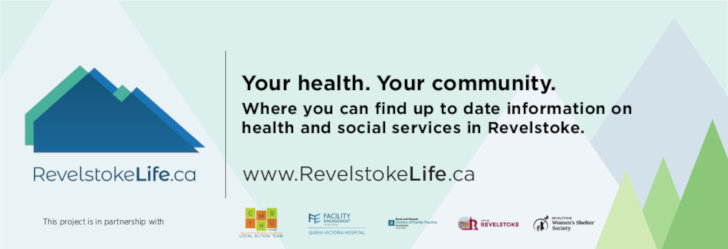Columbia Fire Zone
Fire zone location The Columbia Fire Zone covers 1.8 million hectares. It extends from the Alberta border in the east to the Clan William Bridge (near Three Valley Gap) to the west, and just north of the Mica Dam in the north to Pingston Creek in the south. The region encompasses or is adjacent to four national parks (Mt. Revelstoke, Glacier, Yoho and Kootenay) and several smaller provincial parks (Cummins Lakes, Martha Creek and Blanket Creek). The Columbia Fire Zone includes the communities Revelstoke, Golden, Mica Creek and Nicholson. There are also two major hydro-electric generating stations within the region (Revelstoke Dam and Mica Dam).
Current wildfire situation There are two active wildfires in the Columbia Fire Zone. These two fires were caused by lightning and are both under one hectare in size. Fire activity remains below average in the zone. Warmer and drier conditions are expected, however, which could result in an increased fire risk throughout the region. Since April 1, 2019, there have been 11 fires in the Columbia Fire Zone that have burned a total of 25 hectares.
Fire danger rating The current fire danger rating for the Columbia Fire Zone is predominately “low” with a few pockets of “moderate”. When an area is classified as “moderate” that means that forest fuels are drying and there is an increased risk of surface fires starting. All forest activities need to be carried out with caution.
Open burning information Category 2 and Category 3 open fire prohibitions are in place throughout the Southeast Fire Centre’s jurisdiction. These prohibitions do not apply to campfires that are smaller than a half-metre high by a half-metre wide; or cooking stoves that use gas, propane or briquettes. It is important to exercise caution when you’re outdoors, not only when having a campfire, but also with: off-roading activities and handling, storage and disposal of fuel and other flammable materials. To help prevent your campfire turning into a wildfire, please review the campfire regulations.
To report a wildfire, unattended campfire or open burning violation, please call 1 800 663-5555 toll-free or *5555 on a cellphone. For the latest information on current wildfire activity, fire danger rating, burning restrictions and air quality advisories, please visit: www.bcwildfire.ca
Training and project work
What do ground crews do when they’re not fighting fires? Ground crews participate in various training opportunities to gain the skills and experience necessary to fight wildfires. These training exercises are invaluable for increasing our ability to respond to wildfires so we can protect our communities and the natural landscape. Ground crews also participate in “project work” such as assisting with the development of Community Wildfire Protection Plans (CWPP) by helping local governments identify and mitigate wildfire risks within the community.
How does the BC Wildfire Service select its training sites? Many factors are considered when choosing a high-quality training site, which can include the type of timber, terrain, distance from a fire zone office and how long the area is available for training purposes. Training occurs predominantly on Crown land and private land.
What is the BC Wildfire Service doing at the Revelstoke Mountain Resort? Ground crews are participating in various training exercises, including tree falling, bucking (cutting a felled and delimbed tree into logs) and helicopter pad construction. The area behind the Revelstoke Mountain Resort is also being assessed for wildfire risks.
Why is the Revelstoke Mountain Resort a high-quality training site? This training site allows our crews to access different types of timber that are not as common elsewhere in the region. The training site’s close proximity to the Columbia Fire Zone office allows us to transport equipment and crews more efficiently. This training project work is not time-sensitive, which allows the BC Wildfire Service to take full advantage of the quality and number of training exercises.
Why is this training so important? There are very specific requirements for the high level of training and certification needed to fight wildfires. To allow sufficient firefighting resources to reach a wildfire site, it’s crucial for firefighters to be able to safely and quickly cut down trees where necessary. Falling “danger trees” that could be hazardous to ground crews is extremely important for site safety. In order to meet WorkSafe BC’s safety and certification requirements, fallers and buckers need to perform and complete these extensive training exercises.
What other groups does the BC Wildfire Service work with in the Columbia Fire Zone? We have a fuel management partnership with Parks Canada. We are also working on projects with: the Selkirk Natural Resource District; Recreation Sites and Trails BC; the Ministry of Transportation and Infrastructure; community non-profits; and a lot more.



Facebook Comments